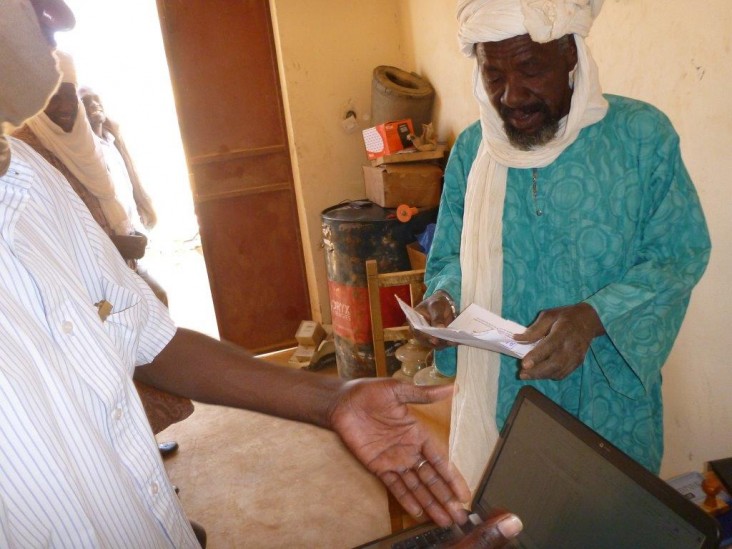Speeches Shim

March 2016—Internal conflict left the town of Menaka in northern Mali occupied by a succession of rebel groups for three years. It also left them without electricity.
Under a peace agreement in June 2015, all armed groups left Menaka in the hands of U.N. peacekeepers and Malian authorities. But the population of 20,000 was left with degraded public infrastructure.
The groups targeted the electrical grid early on during the occupation. Vendors lost the ability to keep goods cold, homes could not access critical information about the conflict and peace process via television, and—most troubling—the Menaka hospital was unable to operate lifesaving electrical equipment.
Local authorities were keen to improve citizens’ lives after the trauma of the occupation. USAID, through its Office of Transition Initiatives, carried out strategic interventions to restore a sense of normalcy in Menaka and to help the government signal to citizens that peace—and adhering to the accords that were helping to keep it in place—was in their best interest.
First on the list of priorities was the restoration of the electrical grid. To get electricity back to Menaka, USAID quickly provided two new 250 KVA generators and fuel to ensure three months of operation, restored 20 miles of electrical distribution lines, and replaced all pre-existing meters.
Logistical and security challenges had to be overcome to deliver the equipment to a town located more than 900 miles from the capital of Bamako. In addition, USAID rallied the population, local authorities and the former private utility company to support restoration of this critical public service.
In November of last year, less than three months after work began, the electrical network of Menaka was fully restored.
“Tonight, for the first time, we feel Malian. And the proof is that we are looking at the evening news on national television for the first time since the beginning of the crisis,” said community member Adamou Aliou.
USAID also extended the original electrical grid from the original 6,200 recipients to an additional 700 subscribers, and connected the public hospital as well in anticipation of its full rehabilitation. Community members who were not paying customers of the electrical utility benefited from access to cold goods, neighborhood TVs, and improved health care at the hospital.
LINKS

Comment
Make a general inquiry or suggest an improvement.